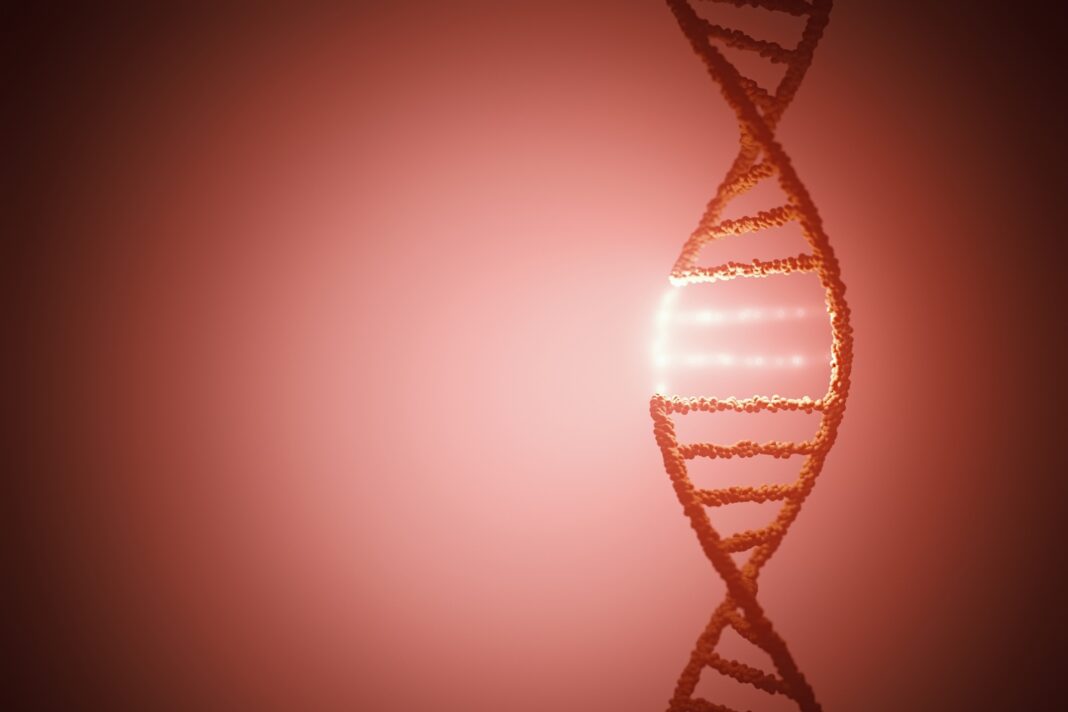Using DNA origami, scientists at Karolinska Institute designed nanorobots containing a hidden cancer kill switch that is activated only when exposed to the tumor environment. They have shared details about the nanostructure and its application to mouse tumors in a new Nature Nanotechnology paper titled, “A DNA robotic switch with regulated autonomous display of cytotoxic ligand nanopatterns.”
Previously, the Karolinska team developed nanostructures capable of housing six peptides assembled in a hexagonal pattern. Under the right conditions, “this hexagonal nanopattern of peptides becomes a lethal weapon,” said Björn Högberg, PhD, a professor in the department of medical biochemistry and biophysics at Karolinska and senior author on the study. That’s because these peptides can “autonomously and selectively turn on the display of cytotoxic ligand patterns in tumor microenvironments” to trigger the apoptosis machinery in cells.
The challenge, however, is that the peptides can also interact with healthy cells so “if you were to administer it as a drug, it would indiscriminately start killing cells in the body,” Högberg explained. “To get around this problem, we have hidden the weapon inside a nanostructure built from DNA.”
As described in the paper, the origami that the team designed is “an asymmetric double cylinder with a 24-nm-tall hollow head and a 15-nm-tall solid stem. The head has a 14-nm-deep cavity, where specific oligonucleotides … are located to act as bridges between the typical origami staples and a binding site for ligand-decorated oligos.” These oligonucleotide or mini-scaffolds are used to “hybridize a peptide ligand-functionalized oligo, bearing one sequence that forms the double helix (the hybridization region) with the mini-scaffold as well as bearing an additional sequence of triplex-forming oligo (TFO),” the researchers wrote.
The key to activating the kill switch is the low pH typically found in the acidic microenvironment surrounding cancer cells. Specifically, “when the pH drops, the TFO of the peptide–DNA conjugate forms a tsDNA that forces the six peptides that were originally hidden in the cavity to get displayed as a hexagonal pattern on the top surface of the origami.”
Using cells in test tubes, the researchers demonstrated that the peptide switch remains hidden inside the nanostructure at normal pH. It is activated when the pH drops to 6.5. In fact, “after 24 and 48 h, less than 20% and 10% of cells survived, respectively,” the researchers wrote. “We have managed to hide the weapon in such a way that it can only be exposed in the environment found in and around a solid tumor,” Högberg said. “This means that we have created a type of nanorobot that can specifically target and kill cancer cells.”
Next, the researchers tested the treatment in human breast cancer mouse models. They reported that the treatment resulted in a 70% reduction in tumor growth compared to control mice that received an inactive version of the nanorobot.
For their next steps, the scientists plan to investigate whether the treatment works in more advanced cancer models that resemble human disease as well as any potential side effects from administering the treatment in humans. They’ll also look into the feasibility of making the nanorobots more precise by attaching proteins or peptides to the structure’s surface that specifically bind to certain cancer types.


